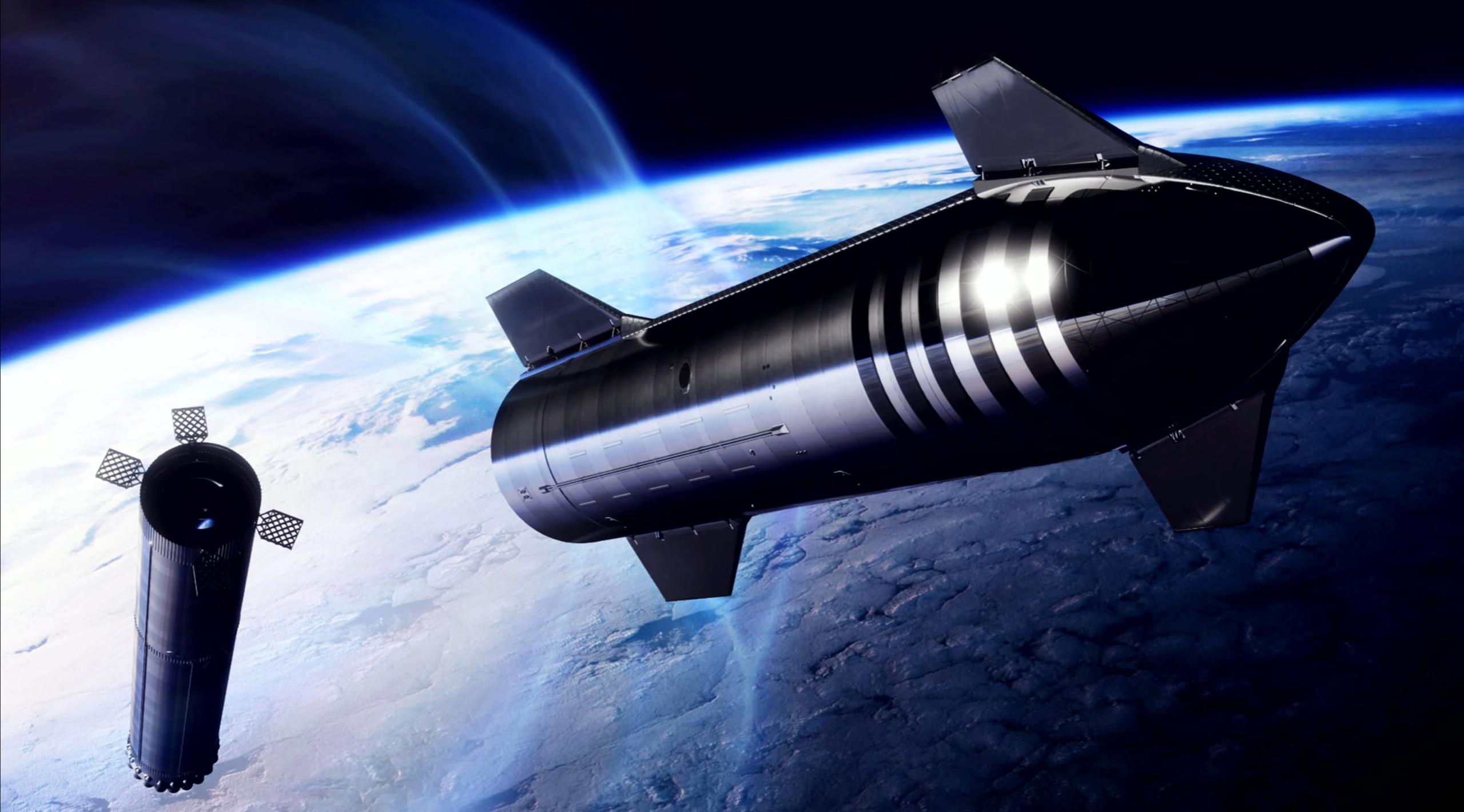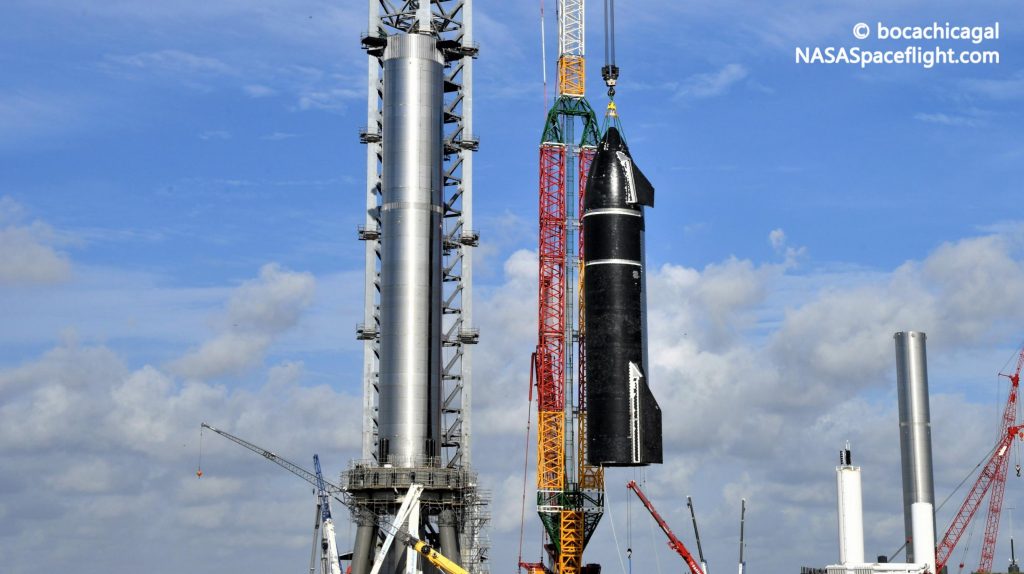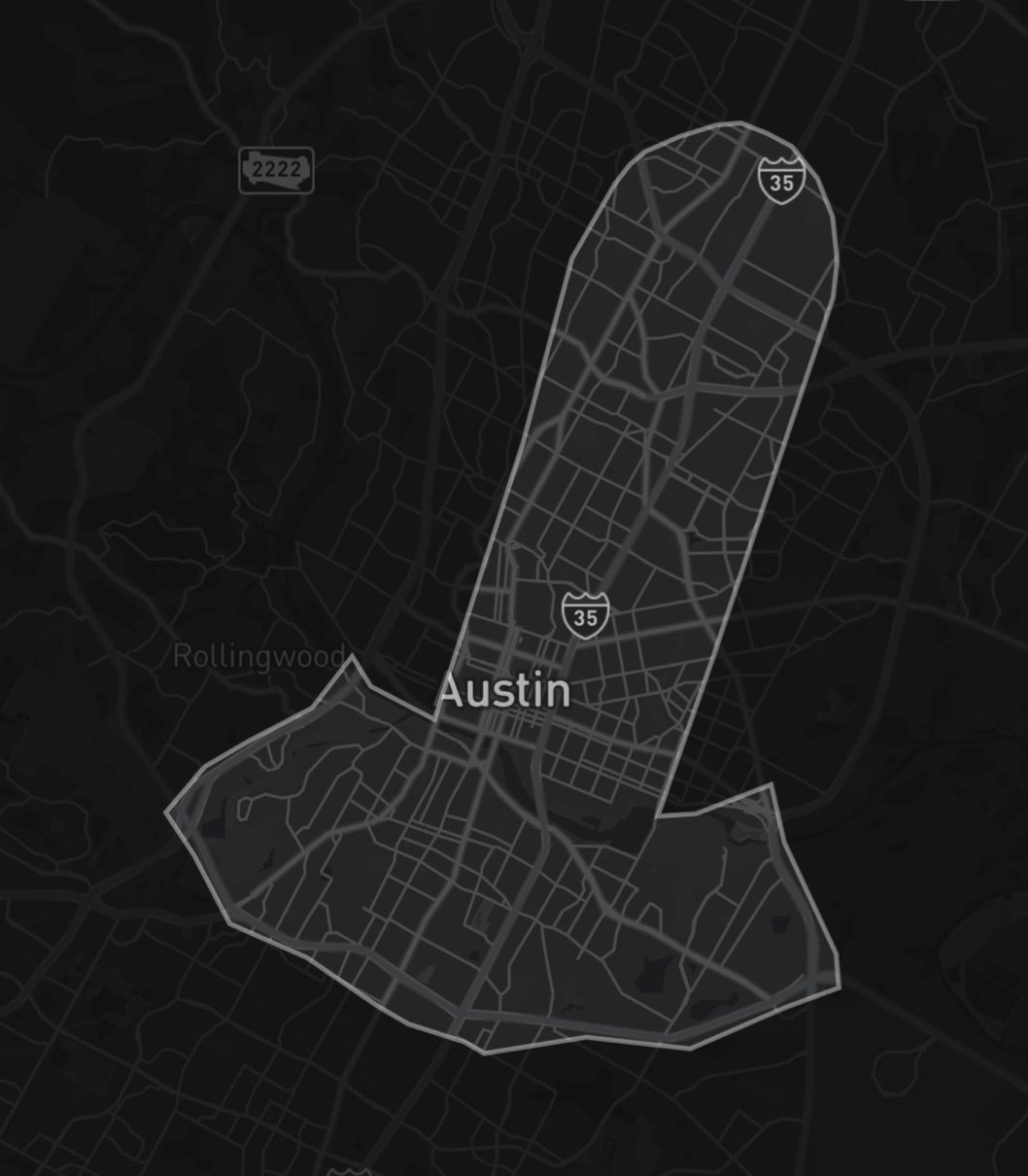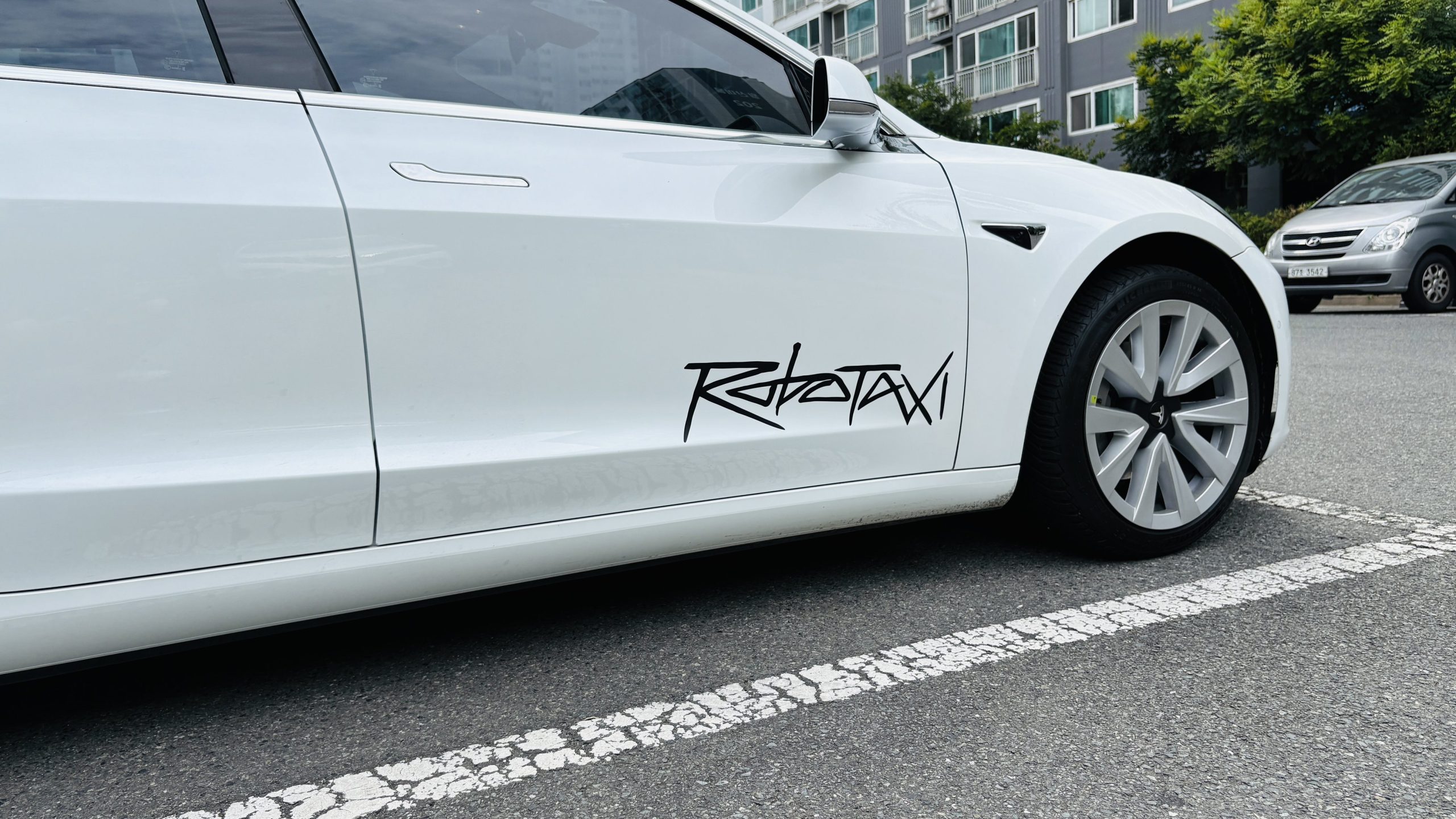

News
SpaceX CEO Elon Musk updates schedule for first orbital Starship launch
SpaceX CEO Elon Musk has presented the first significant update on the company’s Starship program since September 2019, offering a couple of new details about the status of the first orbital launch attempt of the largest and most powerful rocket ever built.
Unfortunately, above all else, the promised update was primarily a rehash of the broad-strokes vision of SpaceX’s Starship and Mars programs, as well as some basic details – most already known – about the rocket, its Raptor engines, and how it will be operated. Nonetheless, a large portion of the event was dedicated to audience questions, some of which actually extracted some specific details from the SpaceX CEO. Perhaps the single most important news: a rough but updated schedule for Starship’s first orbital test flight.
To be clear, a great many questions remain unanswered. Months after Starbase’s first orbital tank farm reached some degree of completion, SpaceX has yet to fill four main liquid methane (LCH4) tanks with even an ounce of fuel. Over the same period, the farm’s five liquid oxygen and nitrogen (LOx/LN2) tanks have been filled with thousands of tons of propellant and coolant. Why is still entirely unclear, save for speculation that SpaceX ran afoul of rudimentary methane storage regulations and is ever so slowly rectifying those errors with modifications. Without so much as a partially operational tank farm, SpaceX will be unable to attempt an orbital Starship launch, let alone start the process of qualifying a Super Heavy booster for flight with wet dress rehearsals (WDRs) and static fire tests.
Musk also failed to confirm or offer an educated guess as to which Starship and Super Heavy booster will support the first orbital test flight (OTF), whether the first OTF will truly reach orbit (rather than ‘just’ orbital velocity), and what will happen to Ship 20 and Booster 4 if – as a great deal of speculation suggests – they’ve fallen out of favor. If they’re to be replaced, it’s also unclear why that is or how long it might take to qualify a new ship and booster given that Super Heavy B4, for example, has yet to attempt a single static fire test a full six months after it first reached its full height.

Nonetheless, largely thanks to questions asked by members of the media, Musk did offer some valuable insight into Starship’s first orbital-class test flight. The SpaceX CEO says that he believes the Federal Aviation Administration (FAA) could complete an environmental assessment of Starbase as early as March. In the same presentation, Musk stated that SpaceX would “hopefully [complete environmental reviews] a couple months.” A lack of environmental approval has been the single most important bottleneck of orbital Starbase launch operations for months. The FAA originally anticipated that those reviews would be complete by the end of 2021 but recently delayed the estimated date of completion to the end of February 2022. Another delay from February to March (or later) has been expected for weeks.
It’s unclear how seamless the whole process will be but SpaceX will also need to receive an FAA license for orbital Starship launches after clearing environmental reviews. That could take days, weeks, months, or even a year or more. If SpaceX doesn’t receive a Finding Of No Significant Impact (FONSI) on its Starbase environmental assessment (EA) and instead has to complete a far more extensive Environmental Impact Statement (EIS), Starbase could be stuck in bureaucratic gridlock well into 2023 or even 2024.
Thankfully, Musk is extremely confident in SpaceX’s alternatives. In the event that Starbase becomes indefinitely unusable, SpaceX has already received full environmental approval to launch Starship out of Kennedy Space Center Pad 39A. The company has already begun the process of assembling a Starship launch and catch tower offsite and Musk believes that a Pad 39A Starship launch site could be brought online in just 6-8 months if SpaceX refocuses all of its Starship resources onto Florida.

The CEO also says that SpaceX’s goal is to have the hardware needed for Starship’s first orbital test flight ready to launch around the same as regulatory approval is secured – “hopefully a couple months for both,” in Musk’s words. If Starship S20 and Booster 4 are still assigned to mission, that schedule is not difficult to believe. Starship has already completed virtually all of the ground testing needed to qualify it for flight, while – from the outside – Super Heavy has never looked more ready for static fire testing.
If SpaceX intends to use a different ship and booster, though, the company will have to cut the amount of time needed for final assembly and qualification testing by a factor of two or three relative to B4/S20. If the next ship and booster pair takes a similar amount of time as B4/S20, the hardware needed for Starship’s first orbital launch attempt might not be ready until August or September 2022. SpaceX will also need to build, test, qualify, and ship around three-dozen Raptor 2 engines, the production of which could singlehandedly take at least six or seven weeks at the current pace of production.
Ultimately, no matter where the cards currently in the air end up falling, it looks like SpaceX has an extremely busy – and hopefully fruitful – year of Starship development and testing ahead of it
Elon Musk
Tesla’s Robotaxi expansion wasn’t a joke, it was a warning to competitors
Tesla might have made a joke with its first Robotaxi service area expansion, but it was truly a serious warning to its competitors.

Tesla’s Robotaxi expansion occurred for the first time on Monday, and while the shape of its new service area might be “cocky,” it surely is not a joke. It’s a warning to competitors.
Robotaxi skeptics and Tesla opponents are sitting around throwing hate toward the company’s expansion appearance. Some called it “unserious,” and others say it’s “immature.” The reality is that it has a real meaning that goes much further than the company’s lighthearted and comical attitude toward things.
Proudly unserious
— Tesla (@Tesla) July 14, 2025
For context, Tesla has routinely used the number 69 as a way to price things it sells. 420 is another, an ode to cannabis culture. A few years back, it actually priced its Model S flagship sedan at $69,420. The first rides of the Robotaxi fleet were priced at $4.20. They are now being increased to $6.90.
Some call it childish. Others call it fun. The truth is, nobody is doing it this way.
Tesla updates Robotaxi app with several big changes, including wider service area
But today’s expansion of the Robotaxi service area in Austin is different. Tesla did not expand its shape to different neighborhoods or areas of the City of Austin. It did not expand it by broadening the rectangle that was initially available. Instead, it chose a different strategy, simply because it could:
🚨 Tesla’s new Robotaxi geofence is…
Finish the sentence 🥸 pic.twitter.com/3bjhMqsRm5
— TESLARATI (@Teslarati) July 14, 2025
Tesla could have done anything. It could have expanded in any direction, in any way, but it chose this simply because it has gotten Robotaxi to the point that it can broaden its service area in any direction. It chose this shape because it could.
Other companies might not have the same ability. Of course, many companies probably would not do this even if it could, simply because of the optics. Tesla doesn’t have those concerns; it has been open about its ability to be funny, and yes, immature, at times.
But in reality, it was a stark warning to competitors. “We can go anywhere in Austin, at any time, and we’re confident enough to make a joke about it.”
Tesla’s Robotaxi geofence in Austin grows, and its shape is hard to ignore
As Tesla is already aiming to expand to new states and high-population areas, and with applications filed in Arizona and California, Robotaxi will be in new regions in the coming weeks or months.
For now, it remains in Austin, and Tesla is sending a message to other companies that it is ready to go in any direction. The driverless Robotaxi fleet, bolstered by billions of miles of data, is ready to roam without anyone at the wheel.
News
Tesla Robotaxi has already surpassed Waymo in this key metric
Tesla Robotaxi has already overtaken Waymo in Austin in one key metric, but there’s still more work to do.

Tesla Robotaxi has already surpassed Waymo in one extremely important key metric: size of service area.
Tesla just expanded its service area in Austin on Monday morning, pushing the boundaries of its Robotaxi fleet in an interesting fashion with new capabilities to the north. Yes, we know what it looks like:
🚨 Tesla’s new Robotaxi geofence is…
Finish the sentence 🥸 pic.twitter.com/3bjhMqsRm5
— TESLARATI (@Teslarati) July 14, 2025
The expansion doubled Tesla Robotaxi’s potential travel locations, which now include the University of Texas at Austin, a school with over 53,000 students.
The doubling of the service area by Tesla has already made its travel area larger than Waymo’s, which launched driverless rides in October 2024. It became available to the public in March 2025.
According to Grok, the AI agent on X, Tesla Robotaxi’s current service area spans 42 square miles, which is five square miles larger than Waymo’s service area of 37 square miles.
Tesla Robotaxi (red) vs. Waymo geofence in Austin.
Much can be said about the shape… but the Robotaxi area is now ~3.9 mi² (10 km²) larger than Waymo’s!! pic.twitter.com/dVfh2ODxJC
— Robin (@xdNiBoR) July 14, 2025
The service area is one of the most important metrics in determining how much progress a self-driving ride-hailing service is making. Safety is the priority of any company operating a ride-hailing network, especially ones that are making it a point to use autonomy to deploy it.
However, these companies are essentially racing for a larger piece of the city or cities they are in. Waymo has expanded to several different regions around the United States, including Arizona and Los Angeles.
Tesla is attempting to do the same in the coming months as it has already filed paperwork in both California and Arizona to deploy its Robotaxi fleet in states across the U.S.
As the platform continues to show more prowess and accuracy in its operation, Tesla will begin to expand to new areas, eventually aiming for a global rollout of its self-driving service.
News
Tesla Megapacks arrive for massive battery replacing coal plant
Tesla Megapacks have started arriving on-site to the Stanwell Battery Project, just as Queensland prepares to wind down the Stanwell coal plant.

The first of over 300 Tesla Megapacks have arrived to the site of a massive battery energy storage system (BESS) being built in Australia, dubbed the Stanwell Battery Project after a coal plant it’s set to replace.
In a press release last week, the Stanwell Battery Project announced that the first Tesla Megapack 2XL units had arrived to the site, which is located outside of Rockhampton in Queensland, Australia. The project will eventually feature 324 Megapack units, set to arrive in the coming months, in order to support the 300MW/1,200MWh battery project.
“The Stanwell Battery is part of the diversification of our portfolio, to include cleaner and more flexible energy solutions,” said Angie Zahra, Stanwell Central Generation General Manager. “It is just one part of the 800 MW of battery energy storage capacity we have in our pipeline.
“Capable of discharging 300 MW of energy for up to four hours (1,200 MWh), our mega battery will be one of the largest in Queensland.”

Credit: Stanwell
Did you know Tesla’s Lathrop facility churns out a Megapack every 68 minutes? That’s enough energy to power 3,600 homes for an hour per unit! ⚡️ pic.twitter.com/bG6fpHkB9O
— TESLARATI (@Teslarati) June 11, 2025
READ MORE ON TESLA MEGAPACKS: Tesla Lathrop Megafactory celebrates massive Megapack battery milestone
The state is working with government-owned company Yurika to facilitate construction, and the process is expected to create roughly 80 jobs. The project is expected to come fully online in May 2027, with initial commissioning of the Megapacks aiming for November 2025.
The Stanwell Battery is set to replace the nearby Stanwell coal generation plant, which the government is planning to wind down starting in 2026 as part of efforts to reach an 80 percent renewable energy generation ratio by 2035. Meanwhile, the government is also set to begin winding down the Tarong and Callide coal plants, while several other Megapack projects are being built or coming online. o ya
Tesla currently has two Megapack production facilities, located in Lathrop, California, in the U.S. and another that came online earlier this year in Shanghai, China. The Shanghai Megafactory shipped its first units to Australia in March, while both factories are expected to be capable of producing 10,000 Megapack units per year upon reaching volume production.
-

 Elon Musk2 weeks ago
Elon Musk2 weeks agoTesla investors will be shocked by Jim Cramer’s latest assessment
-

 News2 days ago
News2 days agoTesla debuts hands-free Grok AI with update 2025.26: What you need to know
-

 Elon Musk5 days ago
Elon Musk5 days agoxAI launches Grok 4 with new $300/month SuperGrok Heavy subscription
-

 Elon Musk7 days ago
Elon Musk7 days agoElon Musk confirms Grok 4 launch on July 9 with livestream event
-

 News2 weeks ago
News2 weeks agoTesla Model 3 ranks as the safest new car in Europe for 2025, per Euro NCAP tests
-

 Elon Musk2 weeks ago
Elon Musk2 weeks agoxAI’s Memphis data center receives air permit despite community criticism
-

 News4 days ago
News4 days agoTesla begins Robotaxi certification push in Arizona: report
-

 Elon Musk2 weeks ago
Elon Musk2 weeks agoTesla scrambles after Musk sidekick exit, CEO takes over sales














